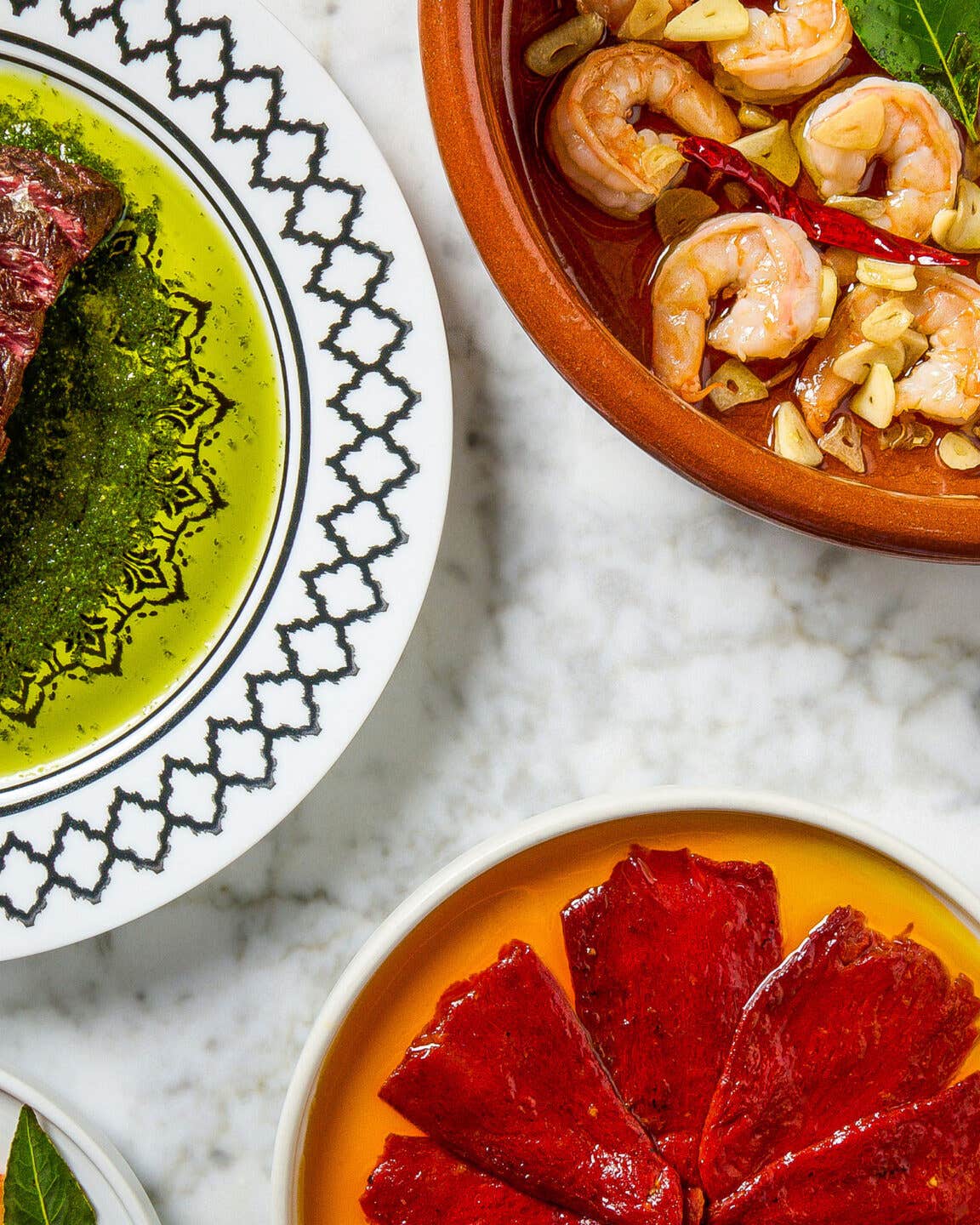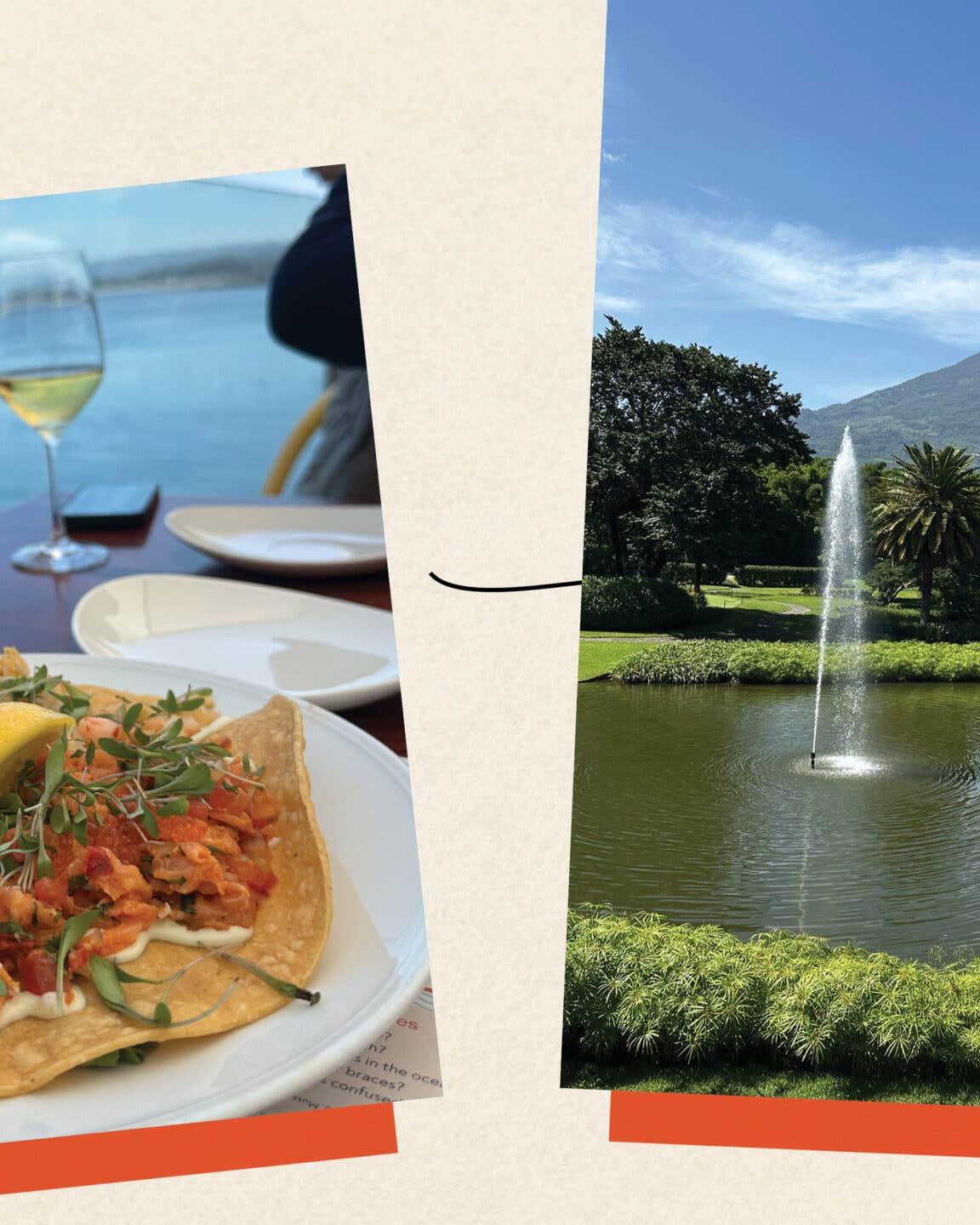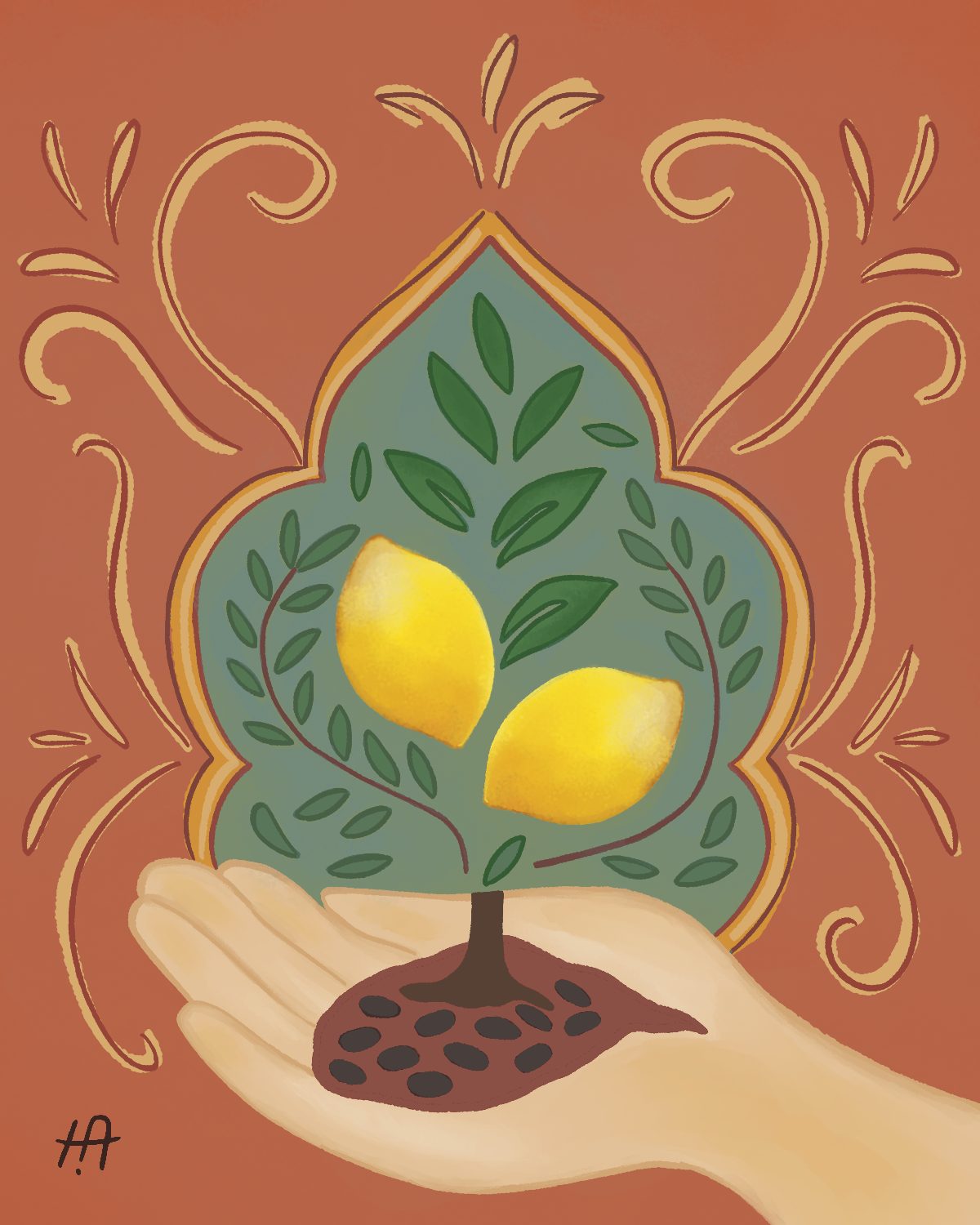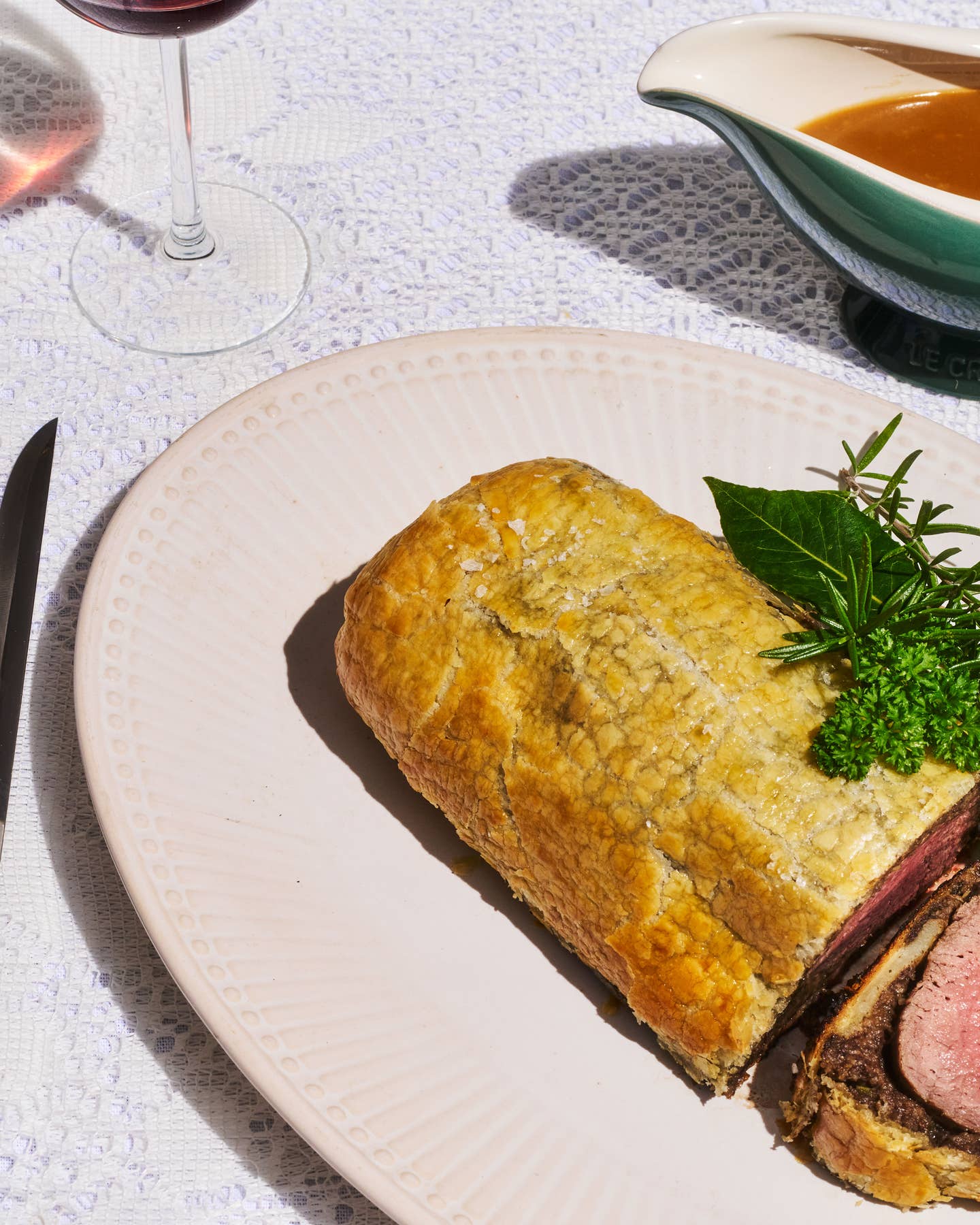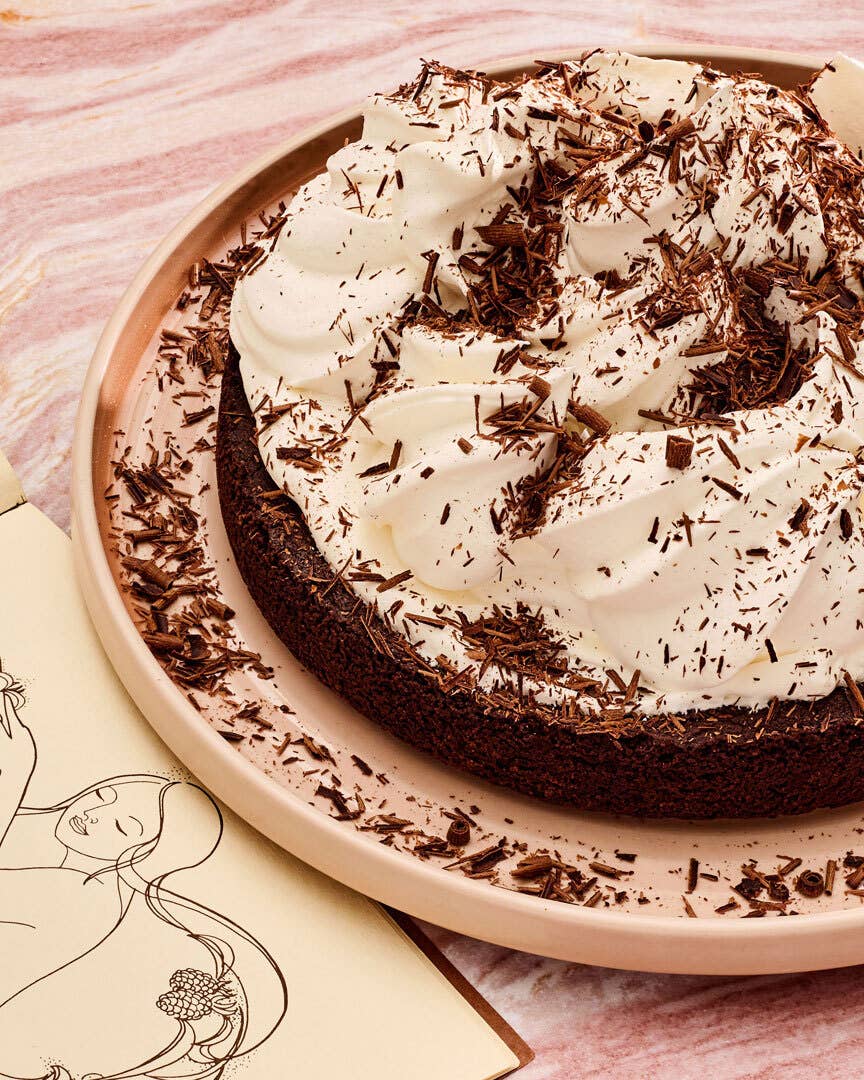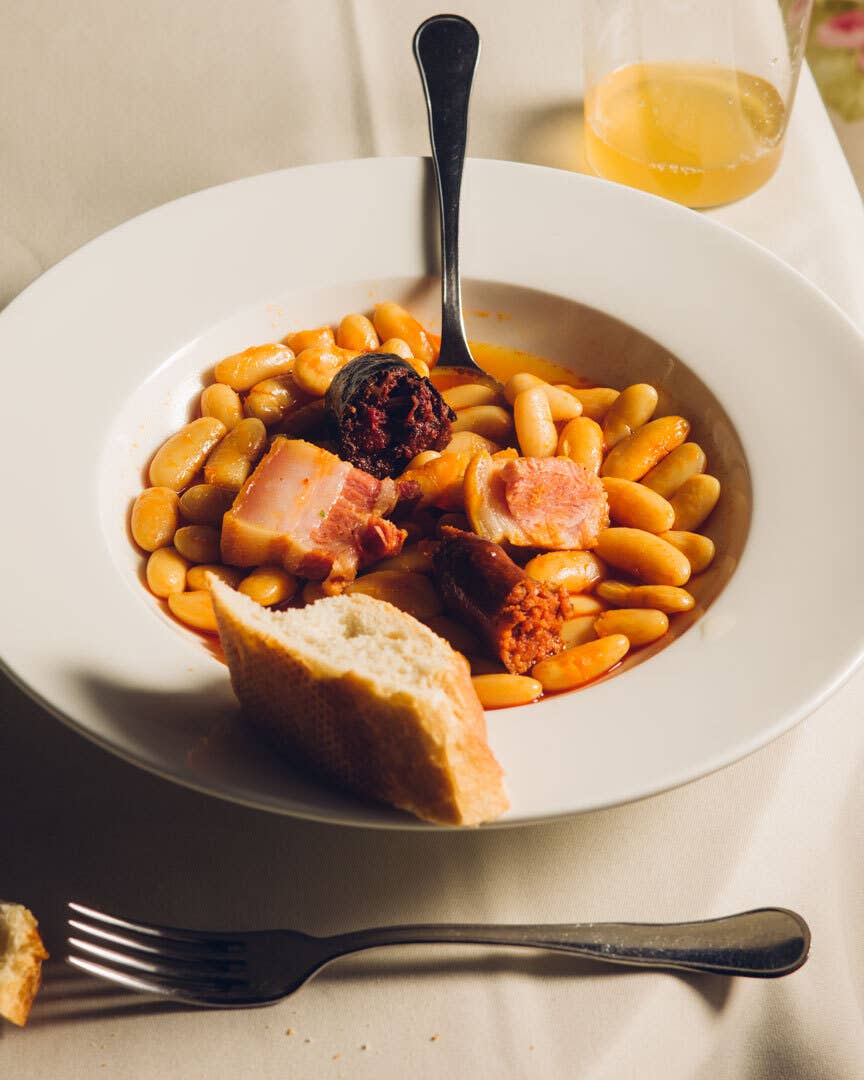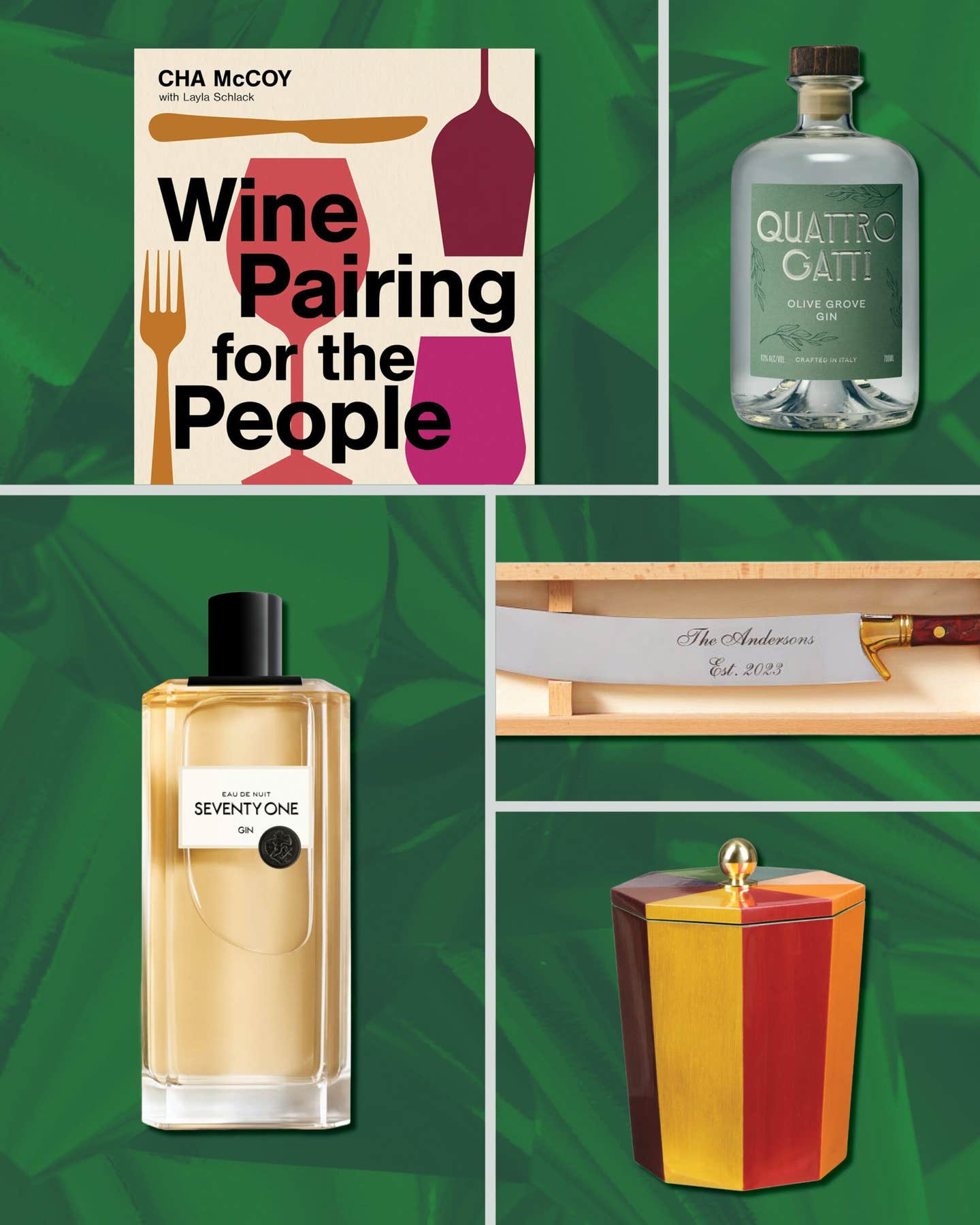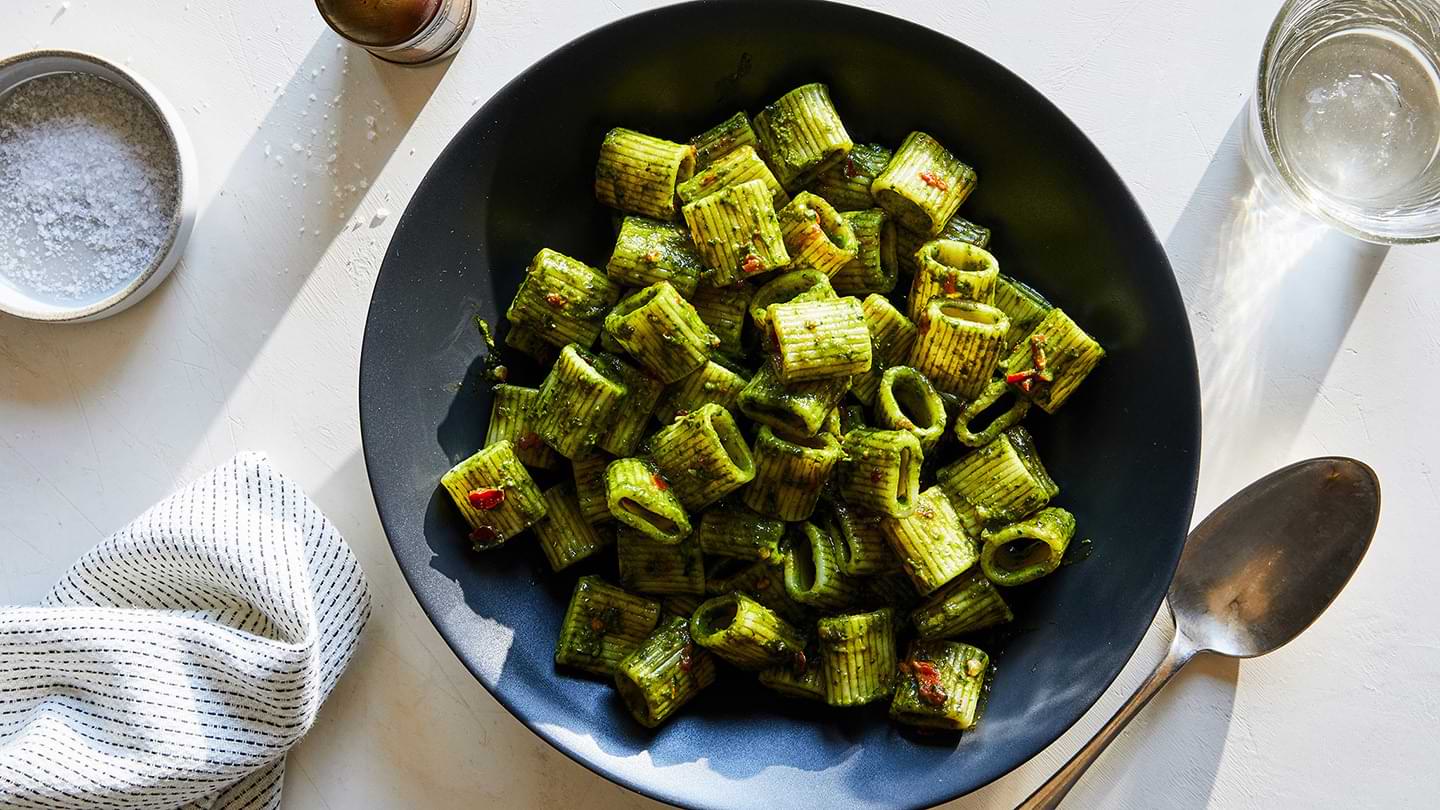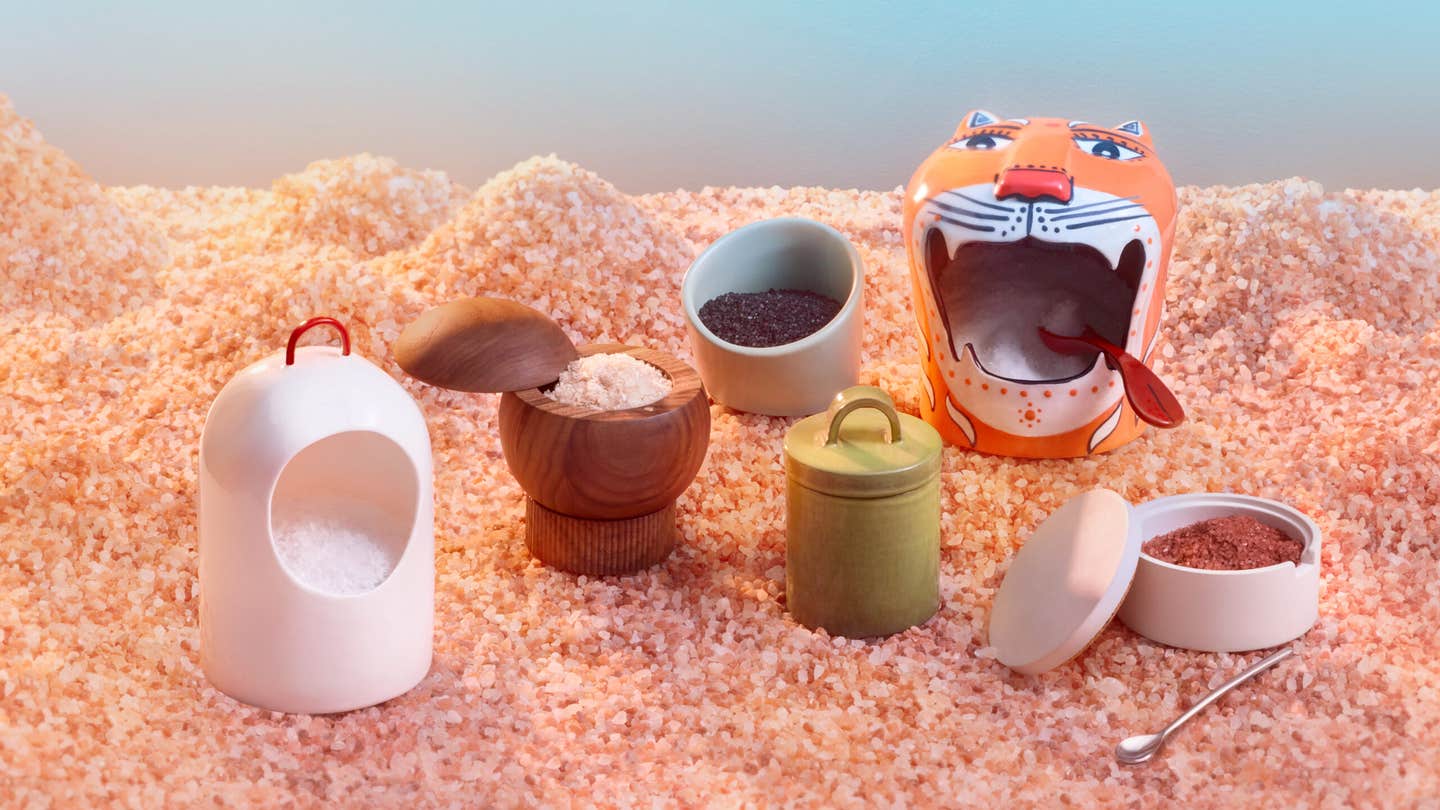
8 Artful Salt Cellars to Upgrade Your Kitchen Aesthetic
From sturdy ceramic pigs to sculptural wooden orbs, these hand-crafted containers are for cooks who sweat the details.
This piece originally appeared in SAVEUR’s Spring/Summer 2025 issue. See more stories from Issue 204 here.
It’s difficult to pinpoint the origin of the salt cellar, probably because people have been sprinkling salt on their food for at least 8,000 years. By the Middle Ages, when crystallized sodium chloride had become widely available among Western civilizations, fine forms of table salt were expensive and therefore reserved for the rich. The upper crust flaunted the stuff at mealtimes as a show of wealth, often in elaborate footed dishes made of silver, gold, porcelain, or glass. (The connection between salt and money goes back even further: The Latin word “sal” is considered the root of the word “salary.”) Much more than a seasoning, salt has long been prized for its ability to preserve foods—essential in pre-refrigeration society. Around the 18th century, industrialization and advancements in mining brought the price of salt down, and salt-serving vessels became more attainable as well.
As ceramics replaced precious metals, the salt cellar made its way into kitchens, and a practical “hood” was added to keep out dust and debris. The decidedly precious term “salt pig” is likely not a reference to the tubby animal, but rather an evolution from the Scottish word pygg, either an earthenware pot or simply “clay.” Etymology aside, today’s salt keepers are crafted for a variety of budgets and tastes, so that the masses may season our food with ease, whether tableside or at the stove. From sleek and spherical to colorful and quirky, these salty sidekicks will ensure you’re seasoning in style.
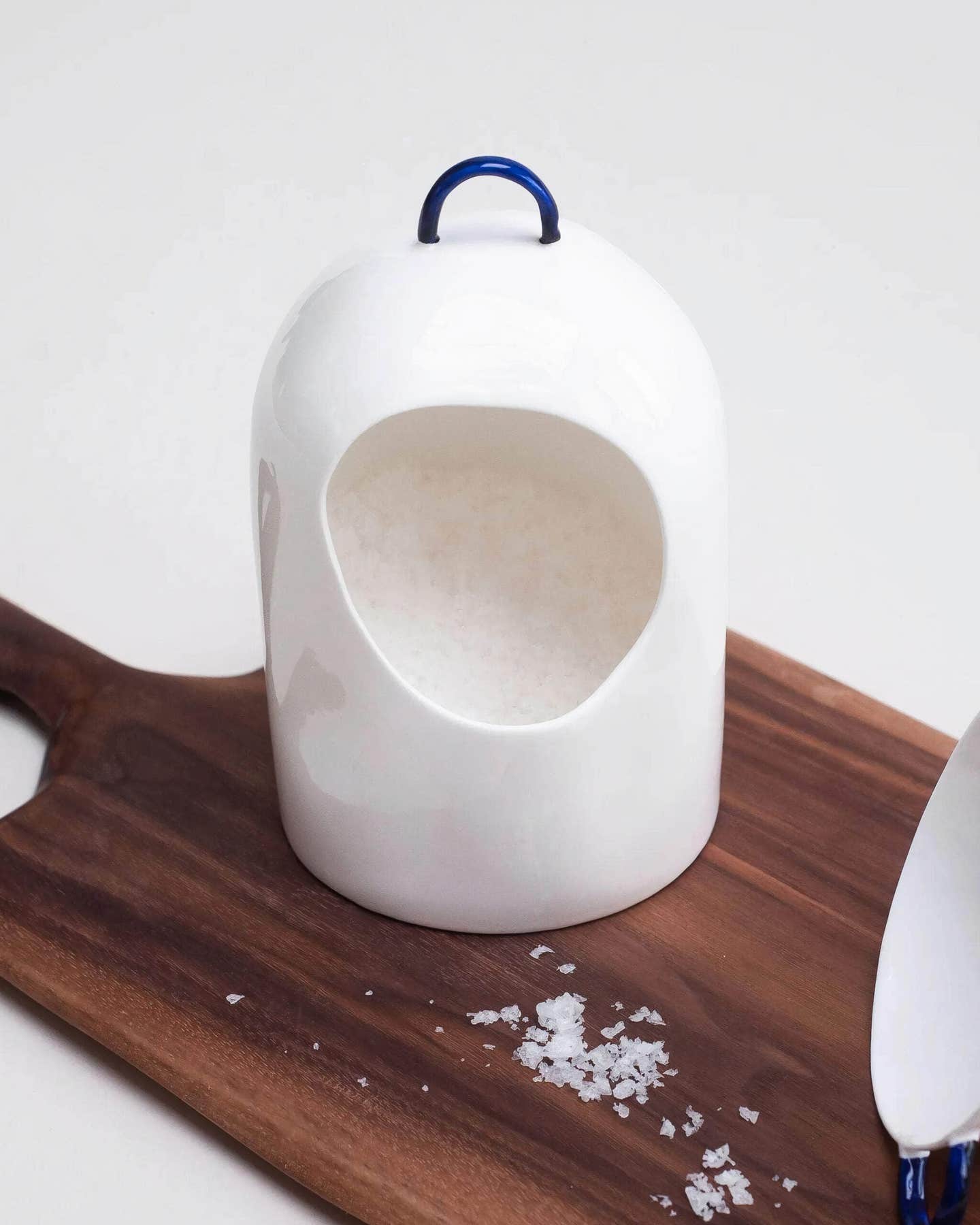
The protective hood and earthenware construction are an elegant homage to traditional British designs. Hand-shaped from fine bone china—the strongest type of ceramic—this slick little piggy is easy to move around, thanks to a looped handle that’s available in four bold colors.
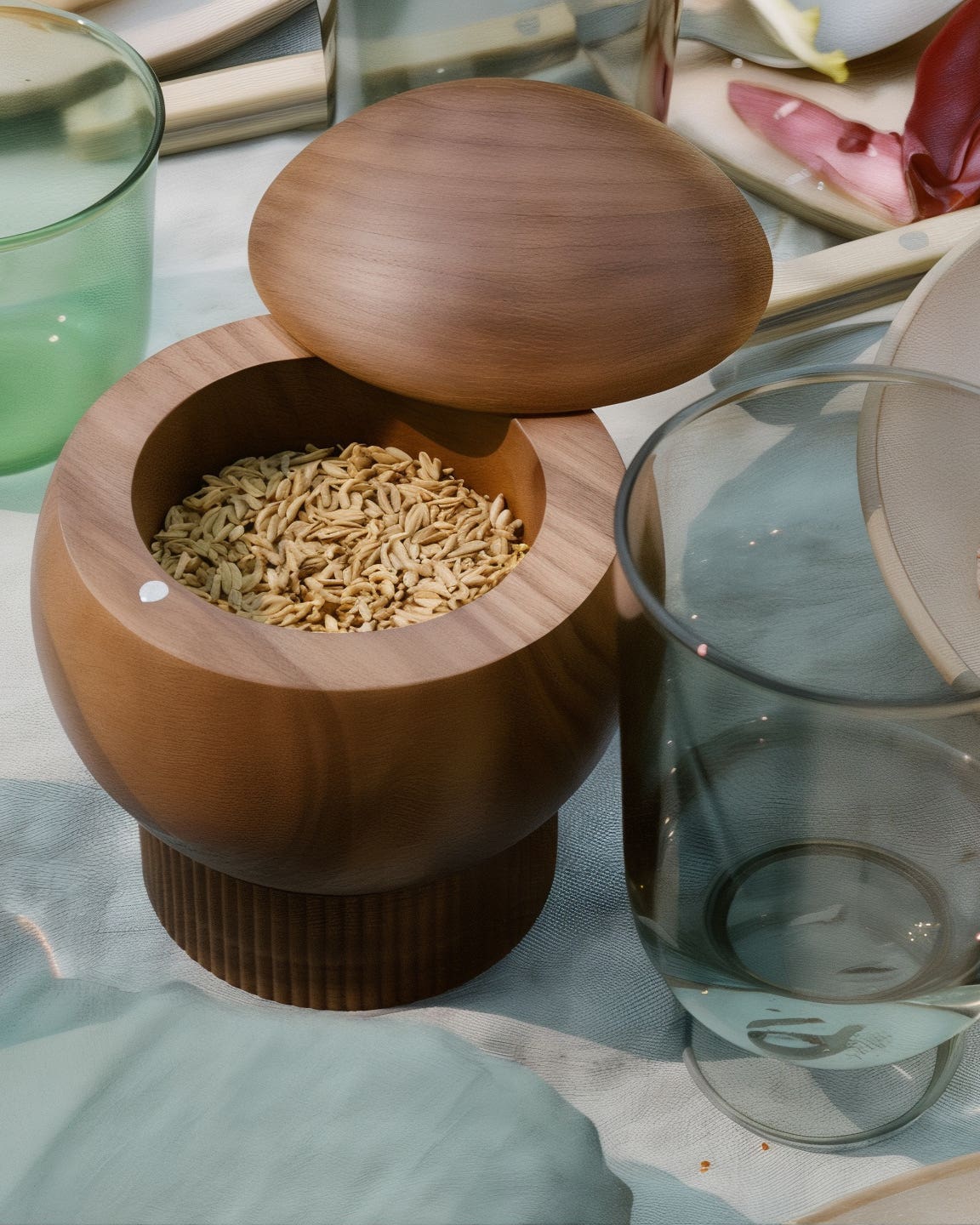
It might look extraterrestrial, but this fun vessel is actually an orb of sustainably sourced walnut wood certified by the Forest Stewardship Council. A swivel of the lid reveals the salt inside, and the base doubles as storage for pepper, spice blends, or a second salt variety.
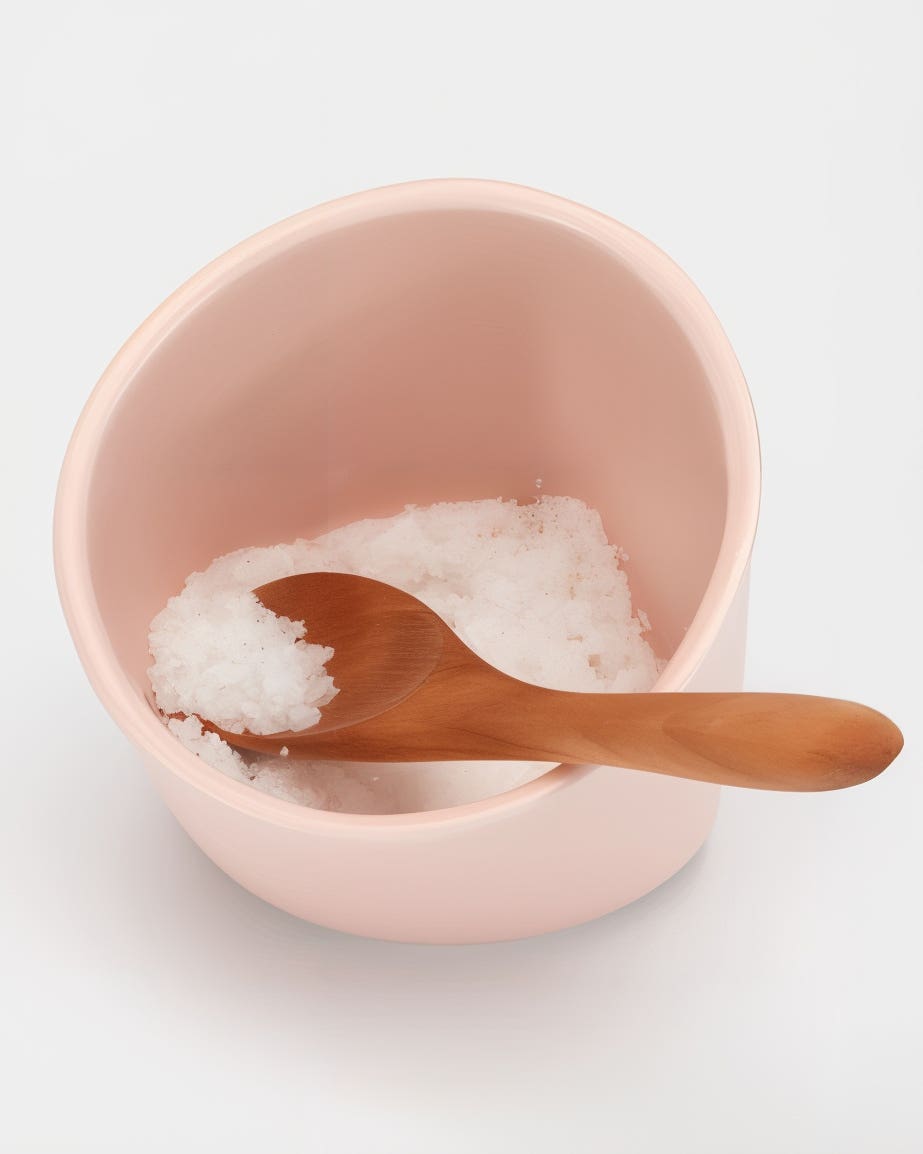
North Carolina ceramists blend potash, kaolin, and flint to make the porcelain slip that forms this dish. Though small in stature, the vessel maximizes volume and minimizes mess. Nestle it beside your stovetop and you’ll never have to reach very far for a sprinkle of seasoning.
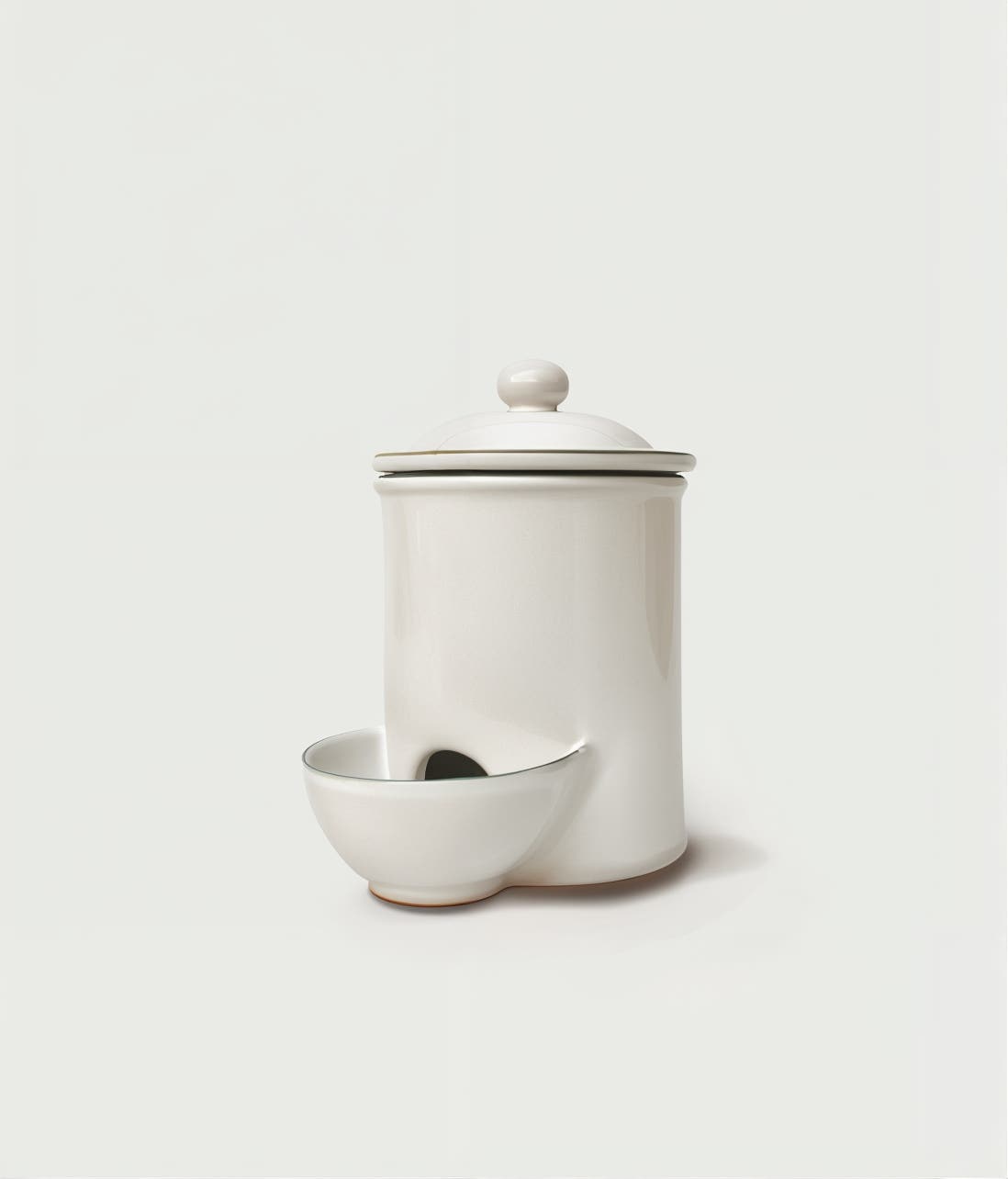
Handmade in Assisi, Umbria, this lidded cellar speaks to central Italy’s long-standing ceramic traditions. Its base material is a rare black clay that’s been used by local artisans for centuries with a distinctive charcoal sheen that glistens through its lush earth-tone glaze.
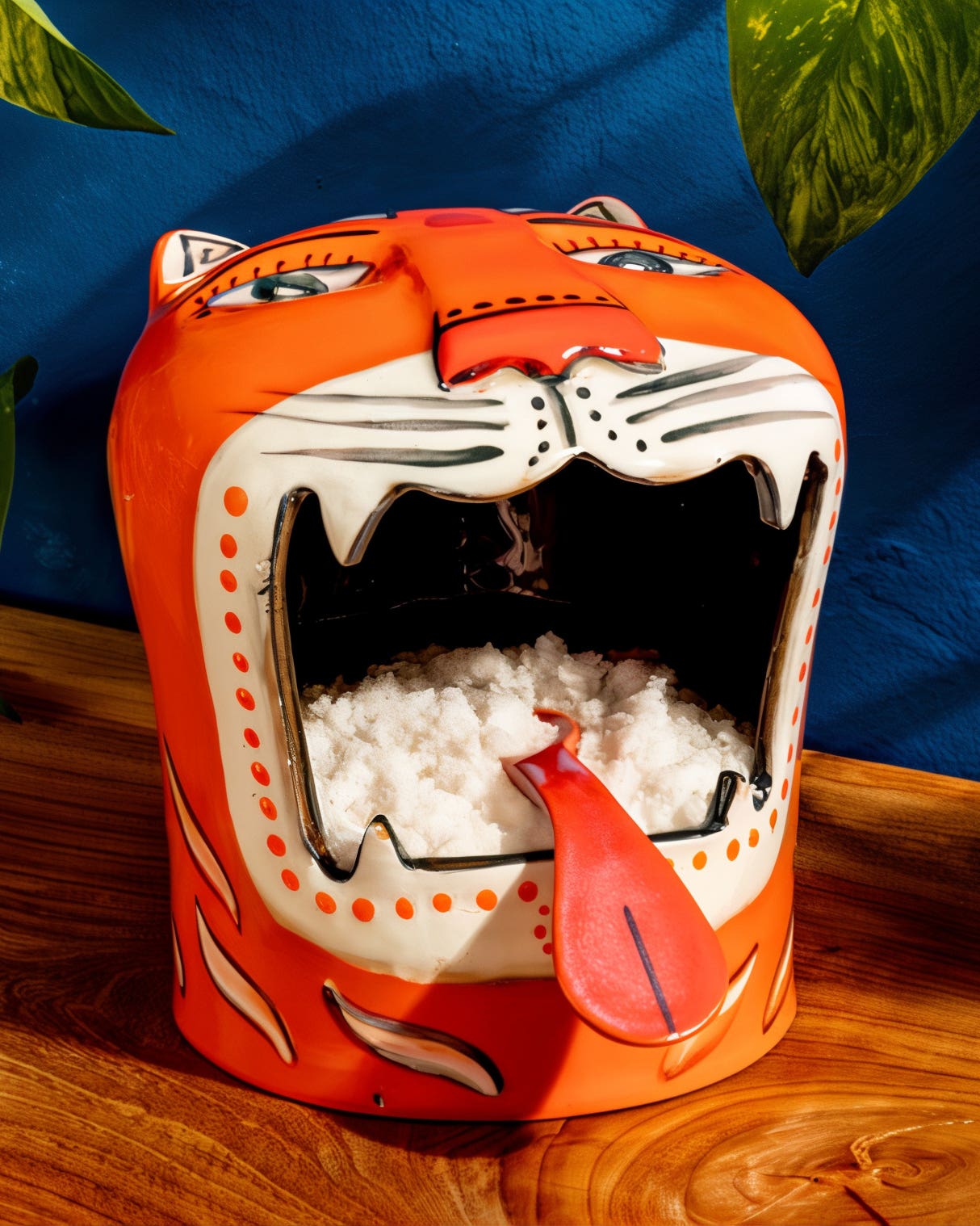
The beloved single-origin spice company out of Oakland, California, teamed up with Green Heirloom for this imaginative take on a salt pig that conjures a more ferocious member of the animal kingdom (red tongue-shaped spoon included). Crafted by potters in Kochi, Kerala, no two hand-painted tigers are exactly alike.
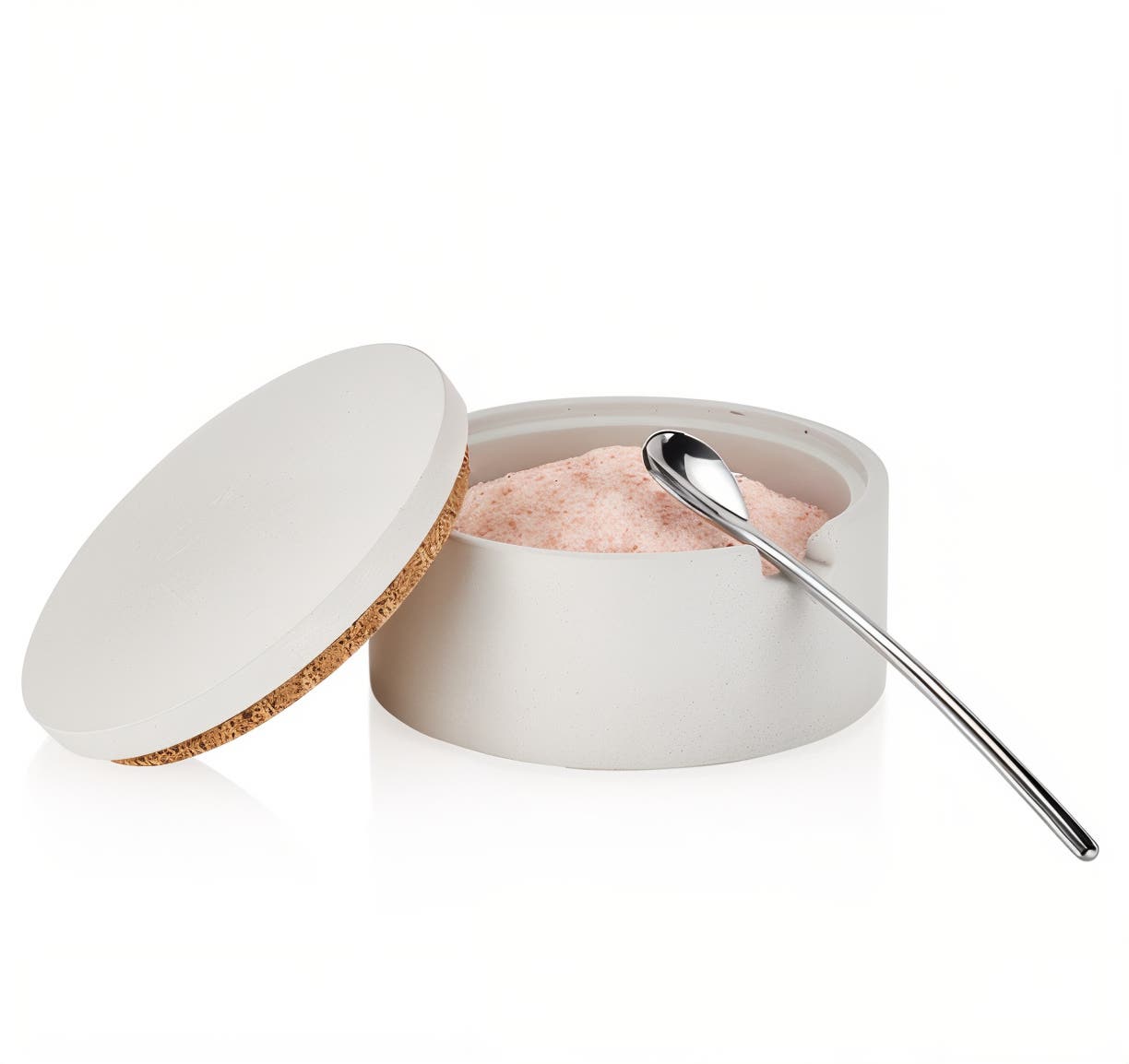
Concrete gets the tableside treatment in this minimalist number that’s both utilitarian and chic. The South Carolina manufacturer calls on local specialists for its Ductal concrete products, which are finished with a food-safe seal. Bonus: Each cellar comes with a twee little spoon.
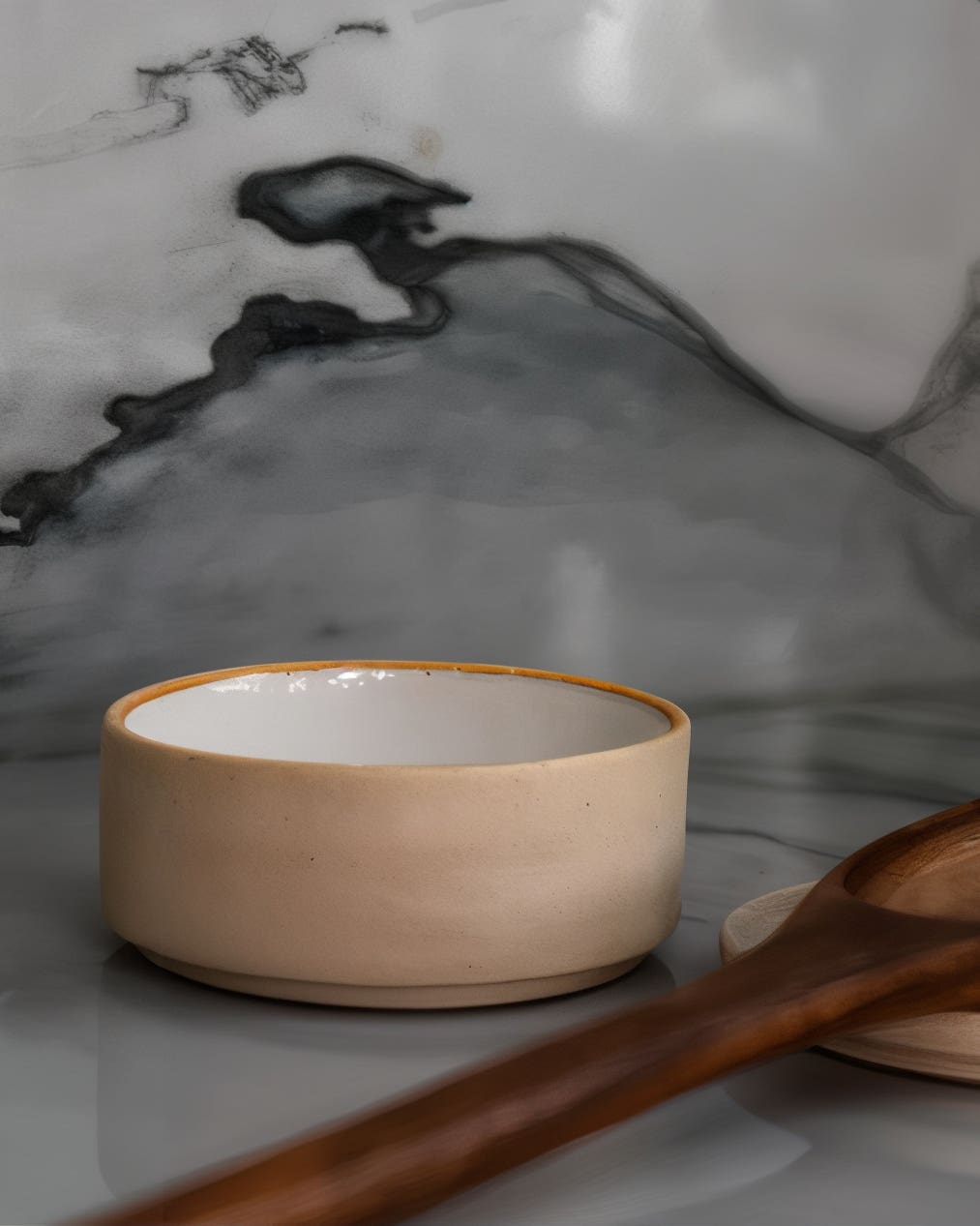
Stoneware, a type of ceramic that incorporates sand for a matte look, lends this sturdy vessel a satisfyingly gritty texture. A snug lid keeps dirt and moisture out, ensuring your salt stays extra-dry. Plus, it’s stackable; double up, and you’ll have convenient storage for a spice mix or your second-favorite salt.
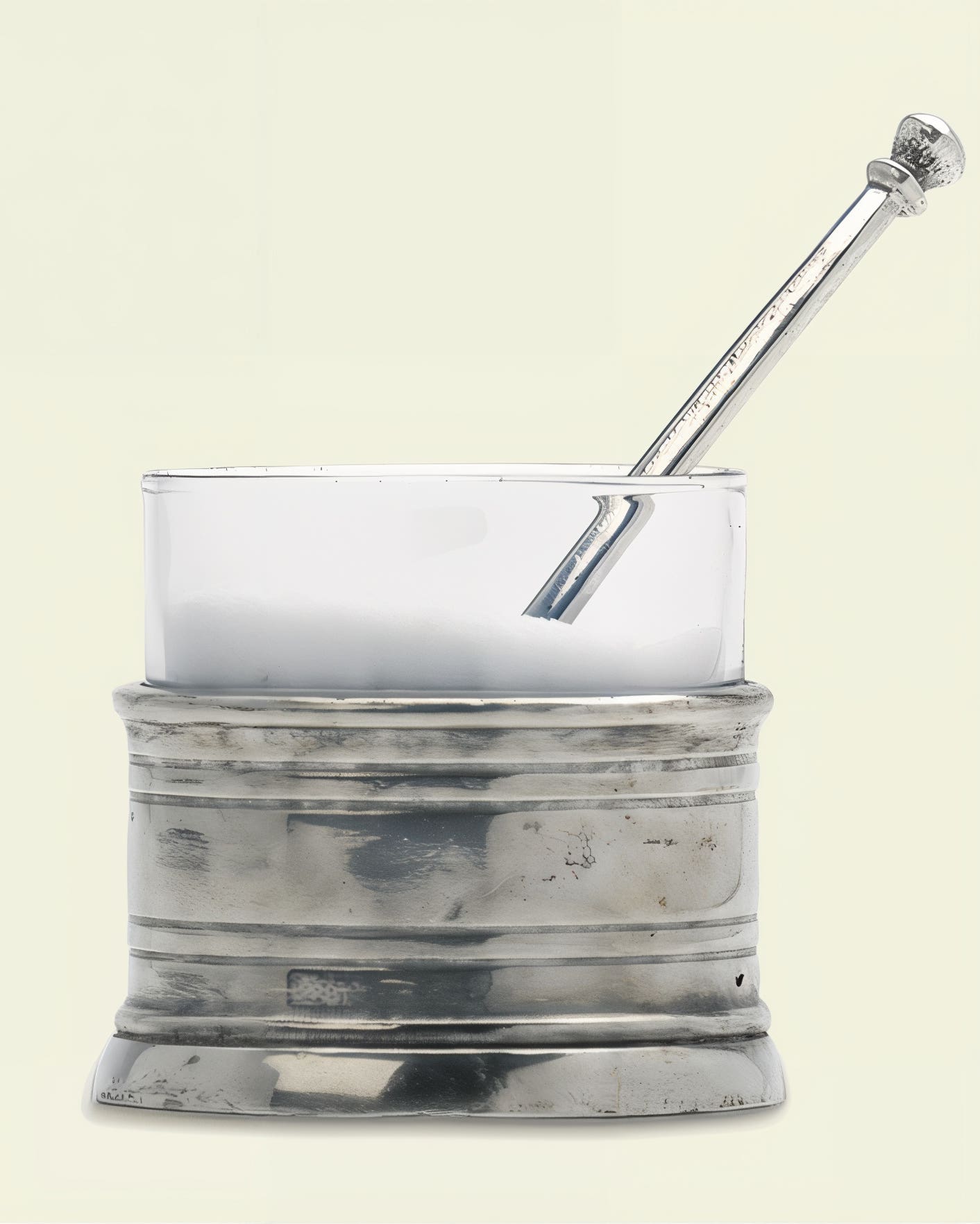
This Italian cellar is crafted from glass and pewter, a tin-based alloy dating back at least 2,000 years (and likely used to fashion some of the earliest cellars). Pewter requires little to no maintenance and is tarnish-resistant, so there’s no need for regular polishing. The glass holder is removable for easy washing.
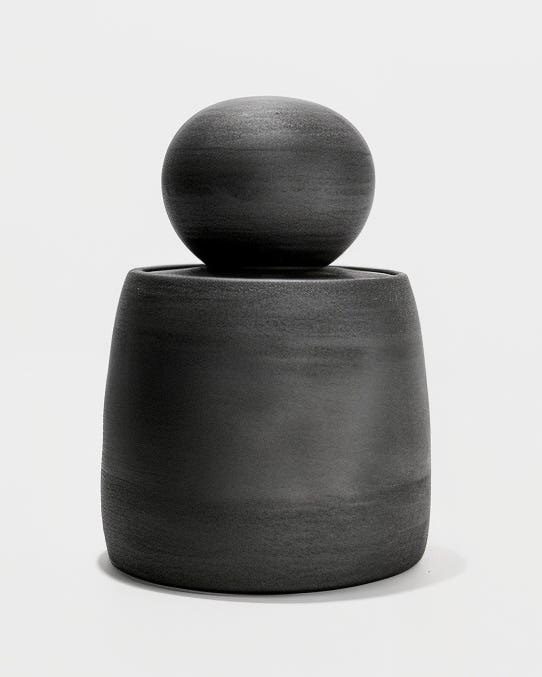
Maximalists, rejoice! Though not explicitly a cellar, this sunny stash jar offers protection for whatever’s inside, plus a chunky handle that adds contemporary flare. Each piece of white stoneware is thrown by hand before it’s coated in a matte saffron glaze, so expect a bit of perfect imperfection.
Keep Reading
Continue to Next Story

